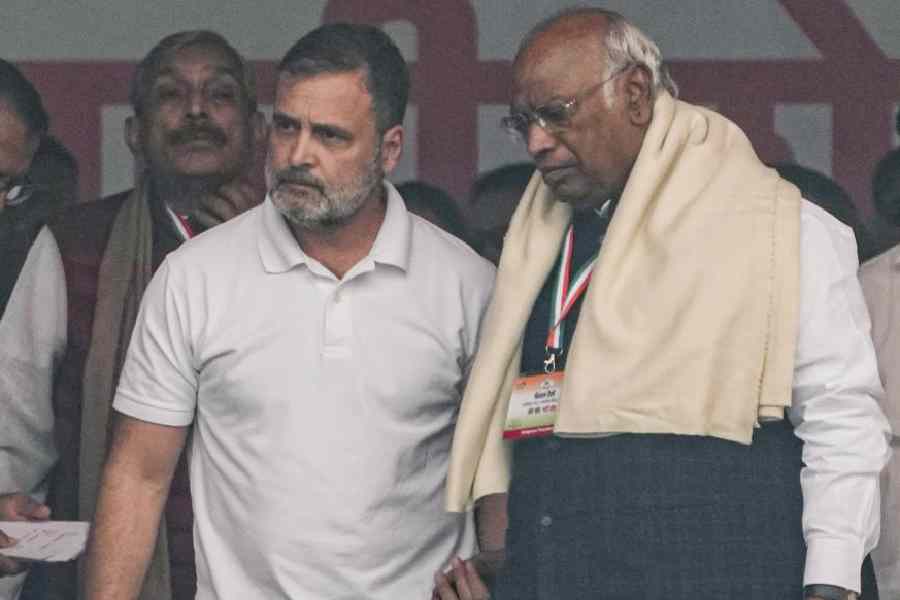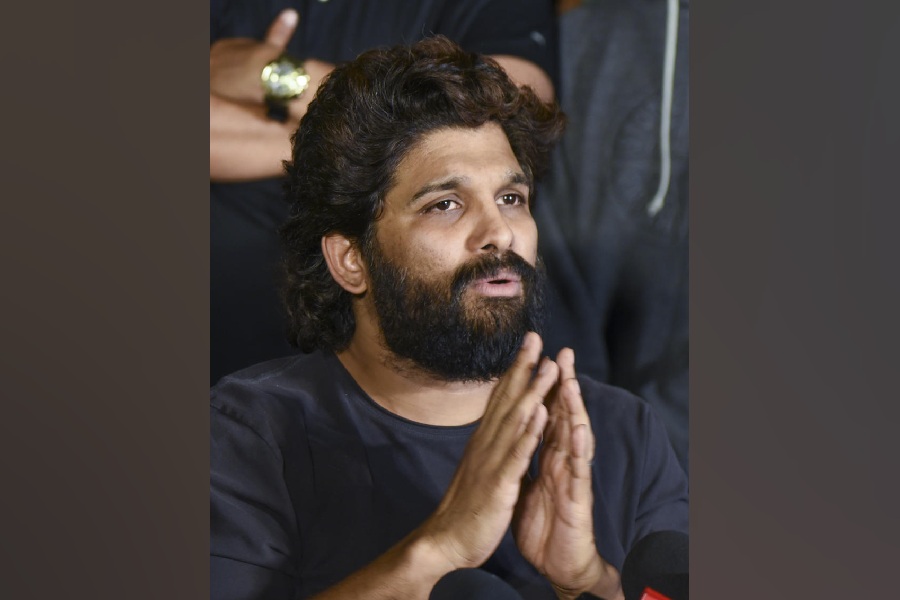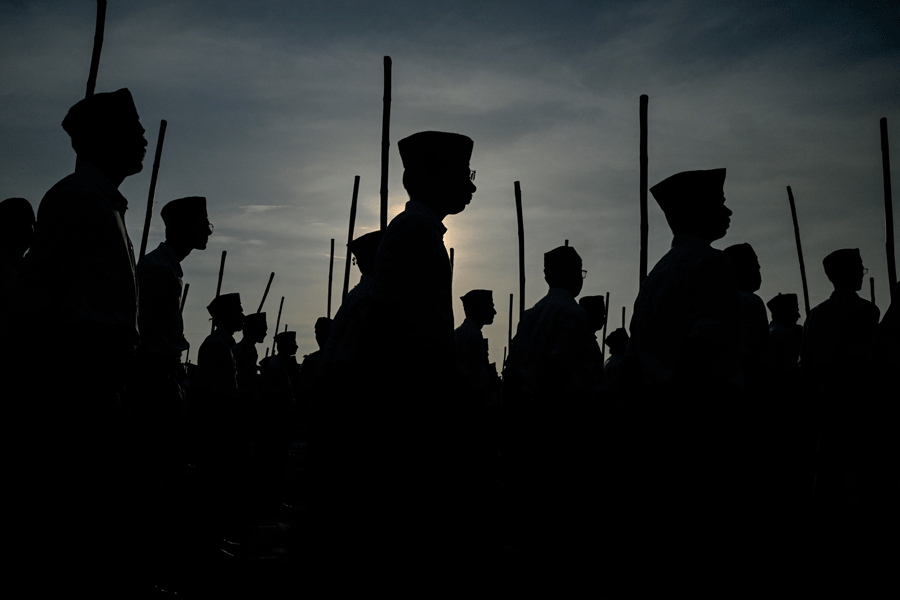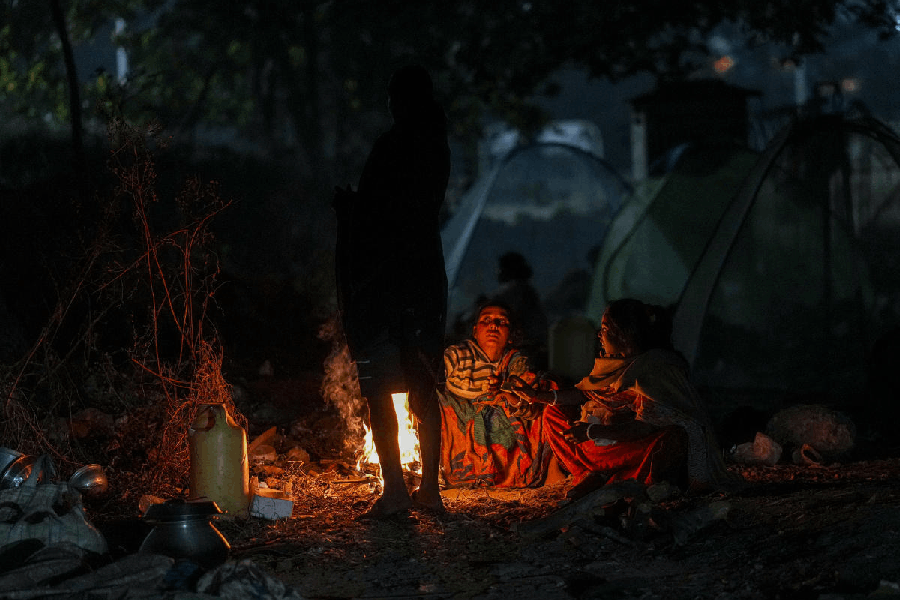
The five earthen ovens excavated in Udaipur. Telegraph picture
Agartala, Dec. 10: An excavation by the Archaeological Survey of India (ASI) is gradually brushing the dust off a 600-year-old history of Tripura.
The ASI had, early this year, taken up the task of excavating and renovating Tripura's erstwhile royal palace, Rajbadi, which is said to have been built between 1400 and 1432 during the reign of King Maha Manikya at Rangamati which was renamed Udaipur in 1571.
Udaipur, located 55km south of Agartala, remained the princely capital of Tripura till 1760 when the capital was shifted to Puran Haveli, 20km east of Agartala, by Krishna Manikya (1760-1783). The capital was shifted to Agartala in 1838.
In the meantime, Rajbadi fell into neglect and a major portion of it got buried underground.
While excavating the palace and its immediate environs, the ASI team yesterday found an alignment of five earthen ovens and several old and wizened utensils in the supposedly royal kitchen of the palace. 'These are ovens and utensils we are sure but no other things of value have been discovered so far,' said Narayan Debnath, one of the ASI excavators. He denied having found any valuables though the residents of Rajanagar area in Udaipur believe that precious things are stashed away at the palace.
The palace and the temple of Bhubaneshwari, which stand in the serene obscurity of a desolate area on the bank of the Gomati, formed the plot of Rabindranath Tagore's famous novel Rajarshi, which is based on the life and reign of king Gobinda Manikya (1660-1667,1667-1676).
Tagore had seen a dream during his rail journey from Deoghar to Calcutta in 1882 and sought information about Tripura's history from King Birchandra Manikya (1862-1896). This included a dramatic plot on the fight between Gobinda Manikya and his chief priest, Raghupati, at Bhubaneshwari temple over human sacrifice in the temple.
While the chief priest was a votary of human sacrifice, the king opposed it, leading to a palace conspiracy that culminated in the king's ouster and subsequent restoration within seven years.
'Many things happened in Tripura's royal palace at Udaipur with major incidents overlapping each other in quick succession. But the history, barring the court chronicle Rajmala, is not authentically recorded. Research needs to be conducted for new findings,' said Jawahar Acharjee, an authority on the history of princely Tripura.
Acharjee rued the fact that Tripura is the only state where local history is not taught at school and college levels. 'History cannot be treated like this. There must be a scientific study of history to build our future in the light of our experience of the past. The sooner we learn this the better,' he said.











